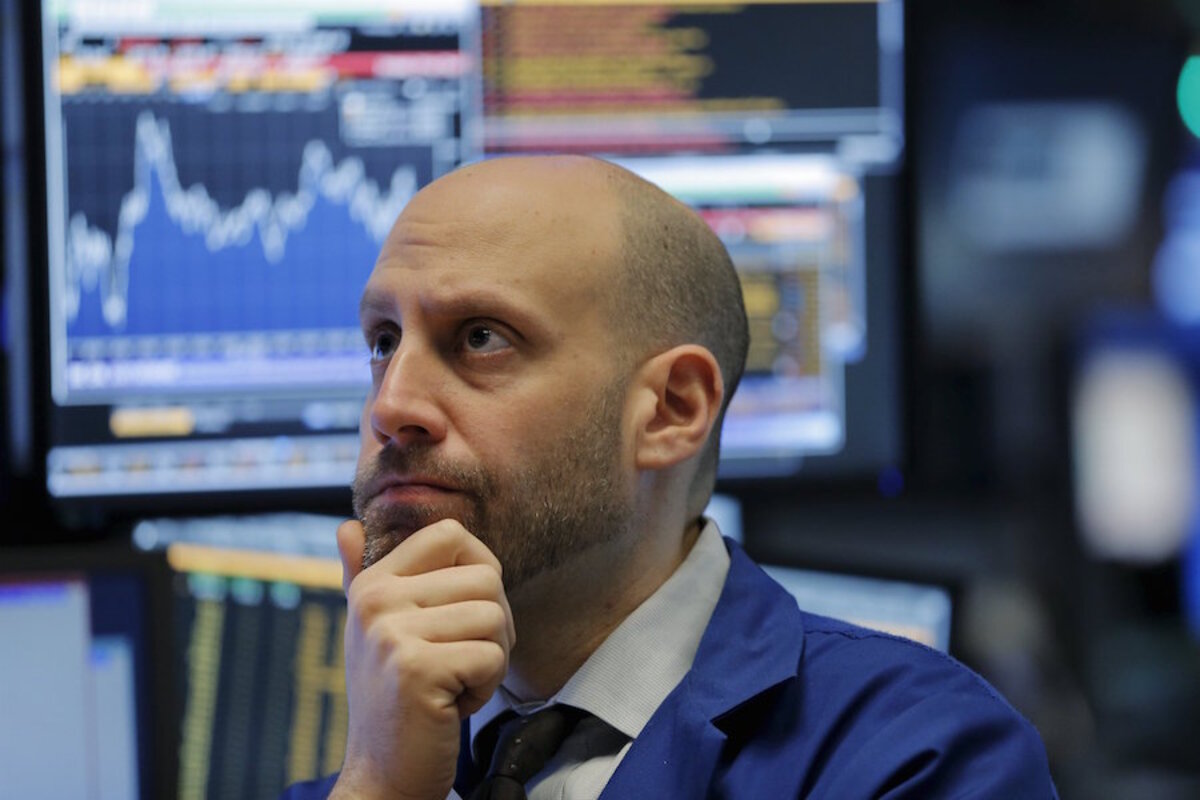4 post-election market indicators investors are tracking
Loading...
One week after Donald Trump’s inauguration, the new president already has tackled a wide-ranging agenda, and the Dow Jones industrial average surpassed a tantalizing if largely meaningless 20,000 marker.
Are investors busting out the Champagne? Not quite. Yes, the market’s still in a post-election surge dubbed the “Trump rally,” but there may be reasons to be cautious.
That’s particularly true among individual investors, with the percentage describing themselves as bullish falling during the last week in January to about 32% from almost 50% in late November 2016, according to a weekly sentiment survey from the American Association of Individual Investors. In the same survey, more investors expressed pessimism about the trajectory of stock prices over the next six months.
What gives? Here are four things investors are watching.
1. It’s the economy, stupid
To borrow a catchphrase from Bill Clinton’s first presidential campaign, the market’s fate depends on the strength of the U.S. economy. The current rally will end quickly if there are signs that the economy is weakening — or if investors become nervous that Trump’s actions could stall growth.
Trump has prioritized jobs, both creating them at home and preventing companies from outsourcing them abroad. Those measures could be good for the economy, but others — imposing taxes that will make imported goods more expensive for Americans, for example — may not be.
Federal Reserve policymakers say “expansions don’t die of old age,” but more than seven years in, the current one is about to become the third-longest in U.S. history. That makes some investors skittish about when the next slowdown is coming.
What’s next? A slew of economic reports hit at the end of January and early February, including the much-watched labor report.
2. Interest rates
Future interest-rate changes are beyond Trump’s direct control. Rates are set by the Federal Reserve, an independent government agency.
At its most-recent meeting in December, the central bank — for only the second time in about 10 years — and signaled three more increases this year. Investors, who try to anticipate the Fed’s moves in advance, get spooked when they’re caught off guard, which creates market volatility.
But everything circles back to the economy and whether the Fed deems the current pace of economic growth appropriate for a rate increase.
In a days before Trump’s inauguration, Federal Reserve Board Chair Janet Yellen said the timing of the next rate increase will “depend on how the economy actually evolves over coming months” and cautioned that “its path can take surprising twists and turns.”
What’s next? The Fed meets Jan. 31 and Feb. 1 for the first of eight meetings this year.
3. The wall, pipelines and regulations
Some of Trump’s early agenda items have been fraught with controversy. That’s giving investors a lot to unpack in terms of which industries — and individual stocks — will be the winners and losers.
So far, the new president has offered some details about funding to build a wall on the border with Mexico, pledged to revive two pipeline projects, and frozen most new regulations.
If Trump has his way, the Affordable Care Act will be rolled back, the U.S. will withdraw from the Trans-Pacific Partnership trade agreement, and undocumented immigrants will be deported.
While many investors are in a “wait-and-see” mode, they’re keyed in on possible corporate tax and regulation cuts, which could foster a favorable market backdrop, says Walter “Bucky” Hellwig, senior vice president at BB&T Wealth Management in Birmingham, Alabama.
“Look at the climate for equities the past 10 years — it’s been marked by low economic growth, increasing regulation and taxes that were raised — and look how well they’ve done,’’ he says.
What’s next? It’s hard to say, as Trump tackled broad-ranging issues in just his first week.
4. A market of stocks
Trump called the Dow at 20,000 “great” in a tweet, but he doesn’t get all of the credit for the recent rally. There’s also a not-so-minor event happening concurrently: It’s earnings season.
The weekslong period when companies report their results can spur outsized moves up or down for individual stocks, which in turn moves the broader indexes. Fourth-quarter earnings have been mixed, though generally better-than-expected for a majority of the Standard & Poor’s 500 index. That’s helping to bolster investor optimism.
While the economy matters a lot here (again), Trump’s proposals could impact earnings in future quarters — and investors try to predict the future.
If tax cuts and regulatory changes are on the horizon, such changes probably will bolster corporate profitability and push stock prices higher, says Brian Jacobsen, chief portfolio strategist with Wells Fargo Funds Management LLC in Menomonee Falls, Wisconsin.
“Everything’s likely going to change going forward, so fourth-quarter earnings probably don’t tell you as much about what they’re going to do in 2017, 2018 and beyond,’’ Jacobsen says.
What’s next? More earnings in the last days of January and into the beginning of February.
Anna-Louise Jackson is a staff writer at NerdWallet, a personal finance website. Email: ajackson@nerdwallet.com.
This story originally appeared on .




